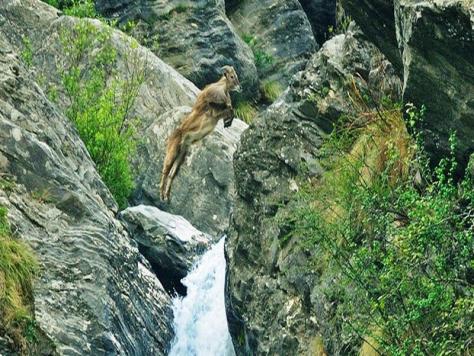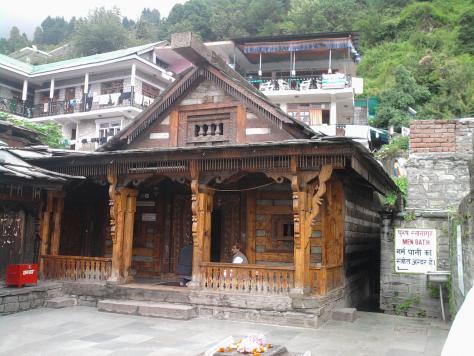The Himalayan National Park
Kullu, Himachal Pradesh, India, Asia
Includes
Meals
Transport
Pick-up & Drop
Activities
Accomodation
About The Activity
The Great Himalayan National Park (GHNP), is one of India's national parks, is located in Kullu region in the state of Himachal Pradesh. The park was established in 1984 and is spread over an area of 1,171 km2 at an altitude of between 1500 and 6000 m. The Great Himalayan National Park is a habitat to numerous flora and more than 375 fauna species, including approximately 31 mammals, 181 birds, 3 reptiles, 9 amphibians, 11 annelids, 17 mollusks and 127 insects. They are protected under the strict guidelines of the Wildlife Protection Act of 1972; hence any sort of hunting is not permitted.
In June 2014, the Great Himalayan National Park was added to the UNESCO list of World Heritage Sites.The Unesco World Heritage Site Committee granted the status to the park under the criteria of "outstanding significance for biodiversity conservation".
The GHNP is at the junction of world's two major faunal regions: the oriental to the south and palaearctic to the north. The temperate forest flora-fauna of GHNP represents the westernmost extension of the Sino-Japanese Region. The high altitude ecosystem of the Northwest Himalaya has common plant elements with the adjacent Western and Central Asiatic region. As a result of its 4,100 m elevation range the park has a diversity of zones with their representative flora and fauna, such as alpine, glacial, temperate, and sub tropical forests.
These biogeographic elements are result of geological evolution of Himalaya which continues today from the action of plate tectonics and continental drift. Over 100 million years ago, the Indian sub-continent broke off from the large, southern landmass, Gondwanaland and moved north. It eventually slammed into the northern land mass, Laurasia, and formed the gigantic folded mountains of the Himalaya. Due to this union of Gondwanaland and Asiatic landmasses, exchange of flora and fauna was possible and this ultimately led to the unique biogeographical features in the region.




